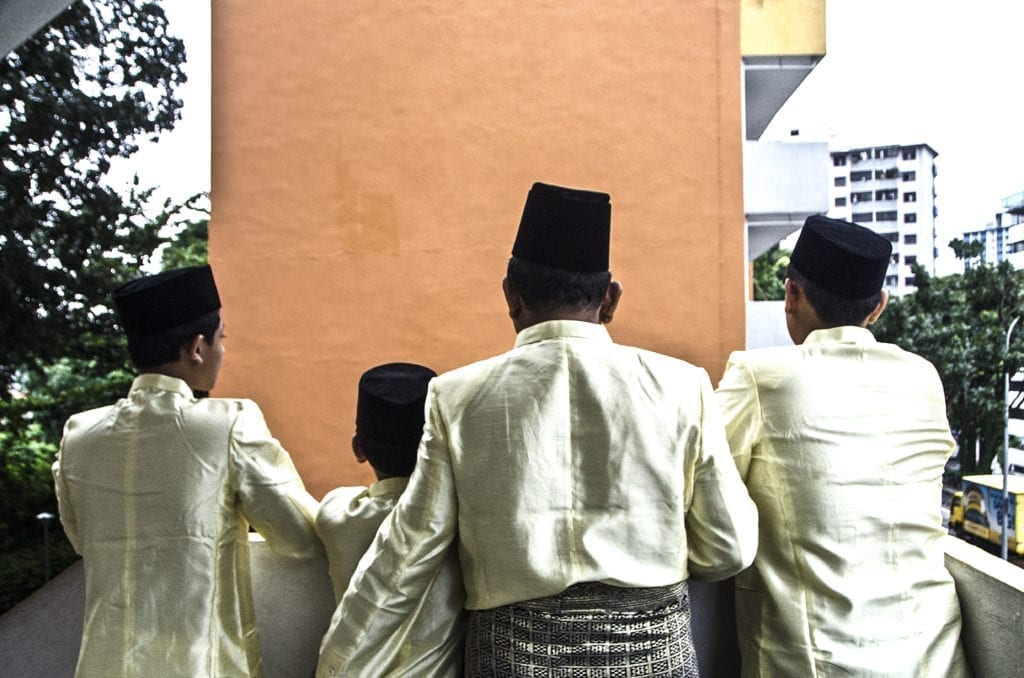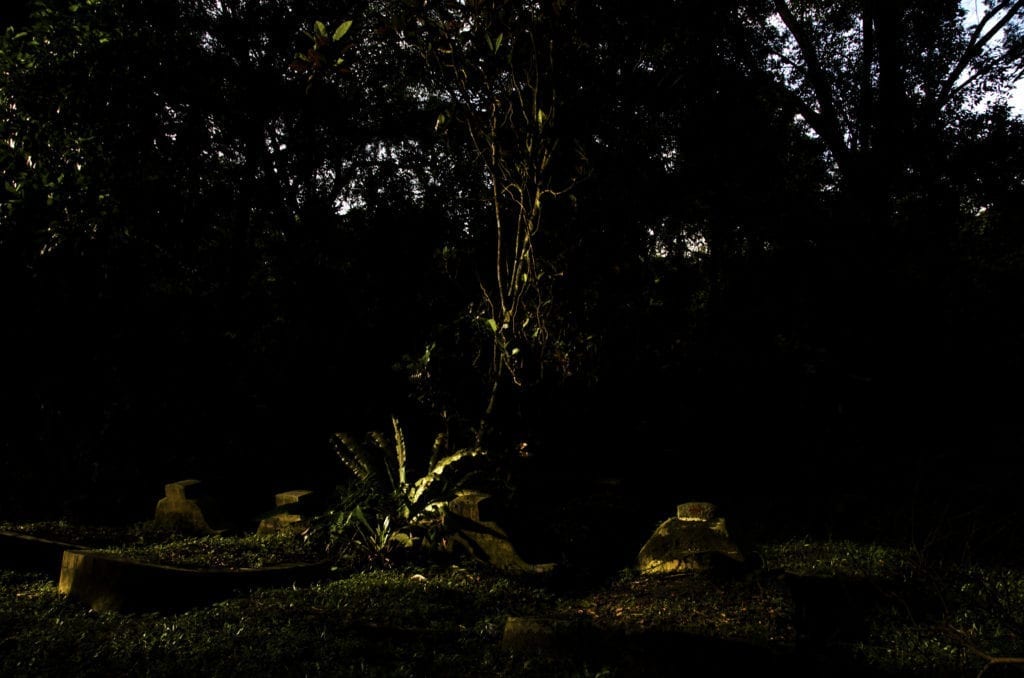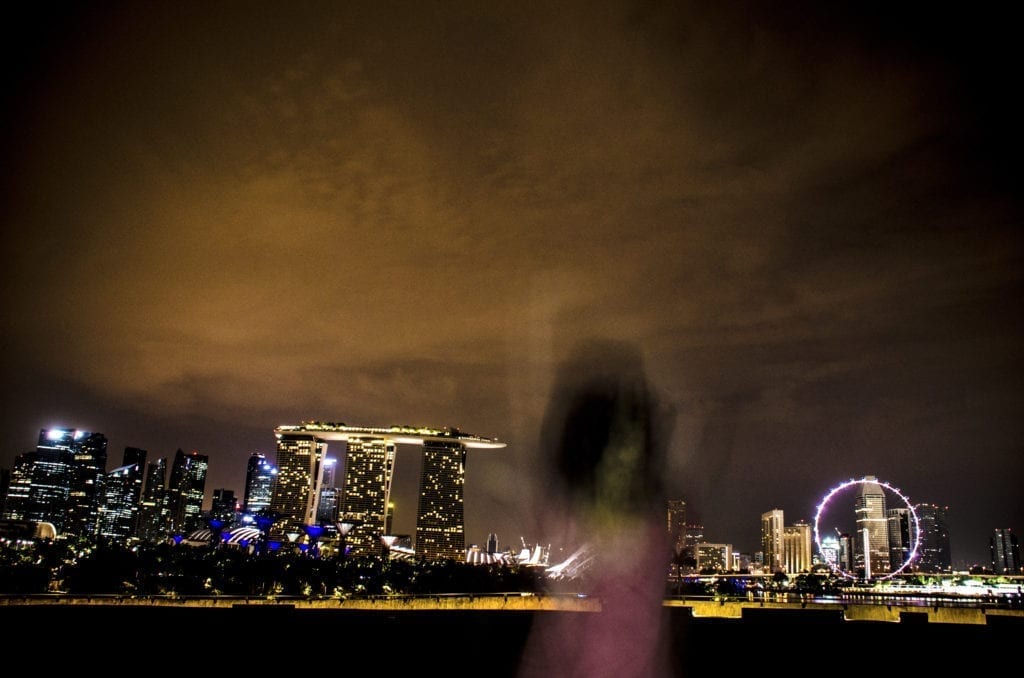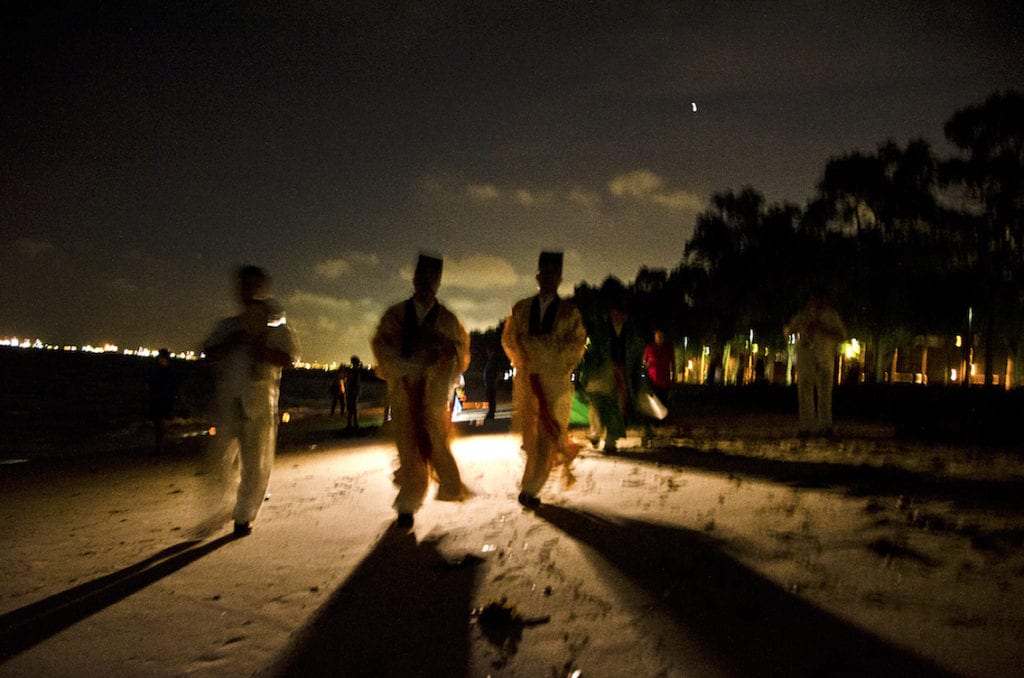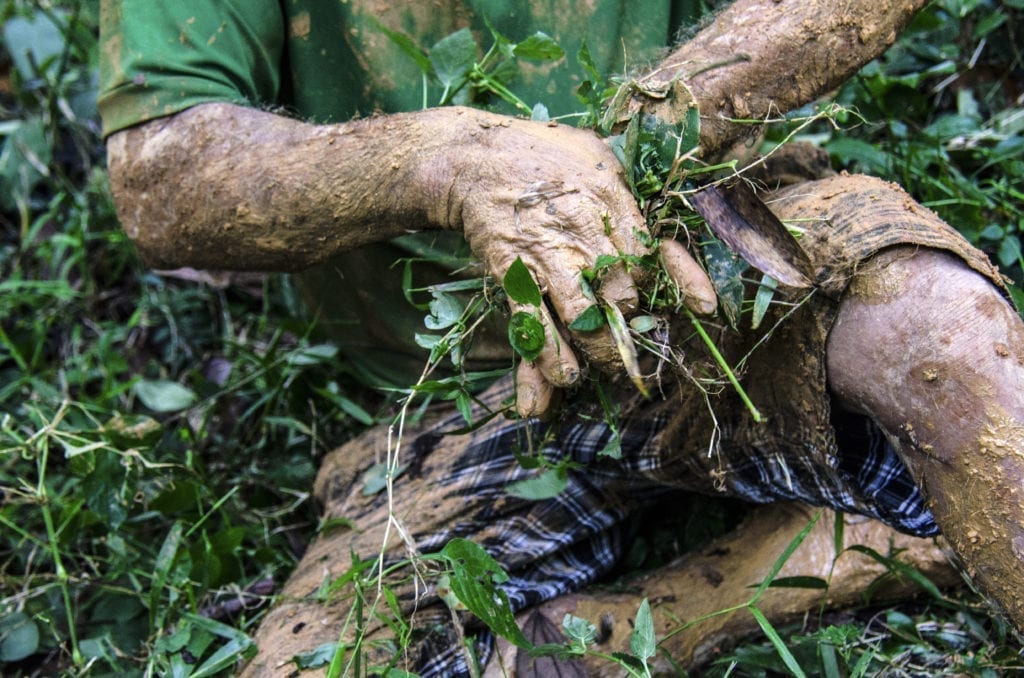As part of OpenWalls Arles 2020, we are highlighting photographers whose work is connected to this year’s theme: Growth. Find out how your work could be exhibited alongside Les Rencontres d’Arles 2020 at openwalls.co.
“Singapore has very little natural resources,” explains Amrita Chandradas. “Its resources are its people.” Several years ago, Singapore’s government pledged to increase the country’s population to 6.9 million citizens by 2030. At the time, Chandradas was studying in London, but these plans to increase the country’s population called her back to her home in Singapore, to document the changes happening there. “My friends and family were telling me about lots of landmarks and places of great historical significance that were disappearing,” says Chandradas.
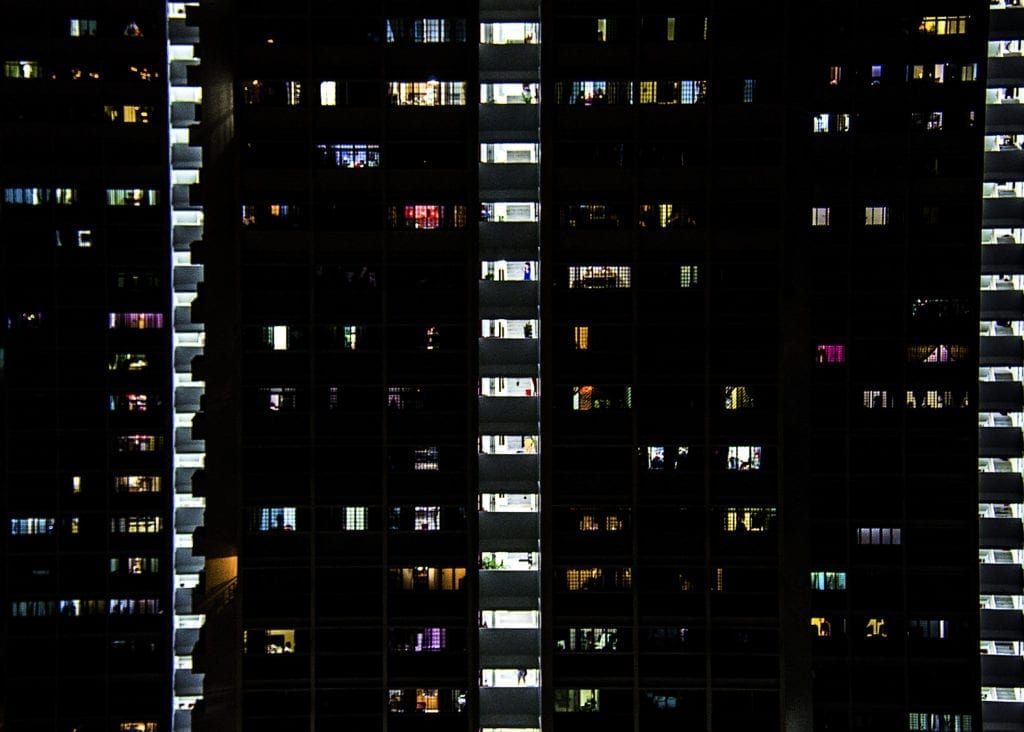
Singapore is nicknamed “Little Red Dot” in reference to its small size. Despite having a very low birth rate, it is the third most densely populated country in the world. When plans to increase the population were unveiled in 2013, there was outrage. “Everyone was asking the government where they were going to fit people into such a tiny space,” says Chandradas. “Housing is becoming a lot taller and narrower.”
On returning to Singapore, Chandradas was struck by just how much the skyline had changed. In one of the photographs in her series 6.9, a girl looks out over the side of a rooftop pool. “That photograph reflects how I felt when I got to Singapore,” Chandradas explains. “There were so many things in the landscape that I didn’t recognise.”
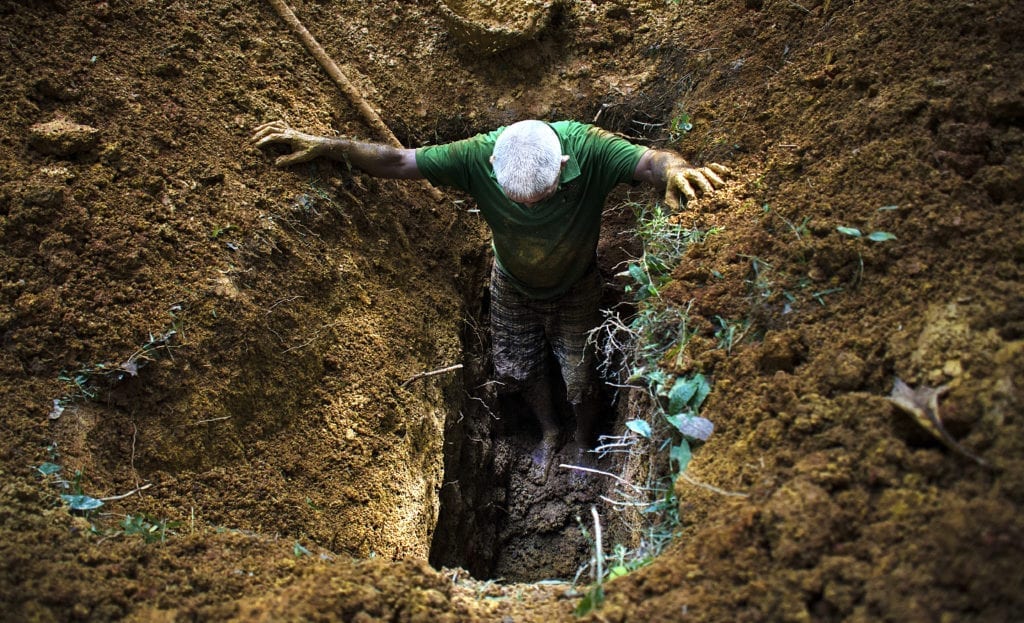
Chandradas was eager to use the work to explore many ways Singapore was changing under these new aims to increase the population. “I didn’t just want to photograph the country’s new infrastructure,” she says. “I also wanted to show what we were going to lose.” Several images show the exhumation of graves to make way for new roads and highways. “The second largest Chinese municipal cemetery outside of China is located in Singapore,” says Amrita. “A part of it has already been cleared away – it contained the graves of many of our country’s pioneers.”
Elsewhere, Chandradas photographs the cramped conditions people occupy in the new high-rise buildings, in contrast with ritualistic dances taking place on a beach. Many of these coastal areas are now being turned into accommodation for tourists.
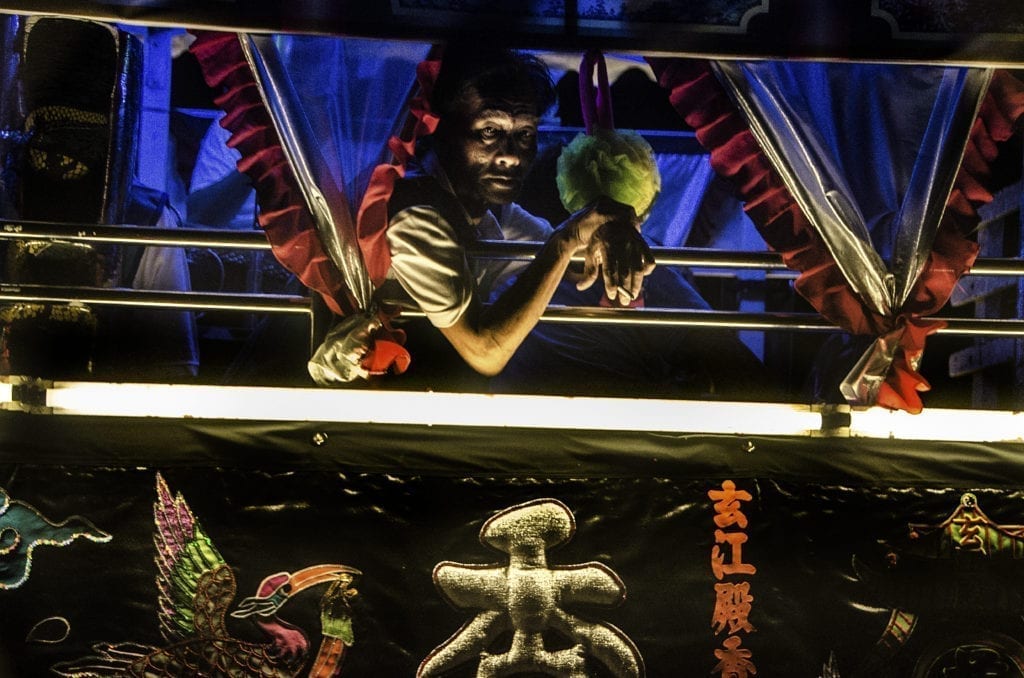
Chandradas originally intended to shoot the series over a couple of months, but she has been documenting change in Singapore for several years now, and is continuing the project through to 2030, the year the government hopes to reach its target of 6.9 million inhabitants. “There are a lot of spaces where our childhood memories, superstitions and nostalgias are tied to,” she says. “Now that it is being cleared away, I wonder what connection we are going to have to our country.”
For this year’s OpenWalls Arles award, we are looking for work that responds to the theme Growth. We are calling for images that convey a sense of change or transition, which can draw on personal growth, or the changes that one witnesses in everyday life.
Don’t miss out on this opportunity to exhibit your work during Les Rencontres d’Arles. Apply to OpenWalls, your invitation to Arles.
amritachandradas.com



